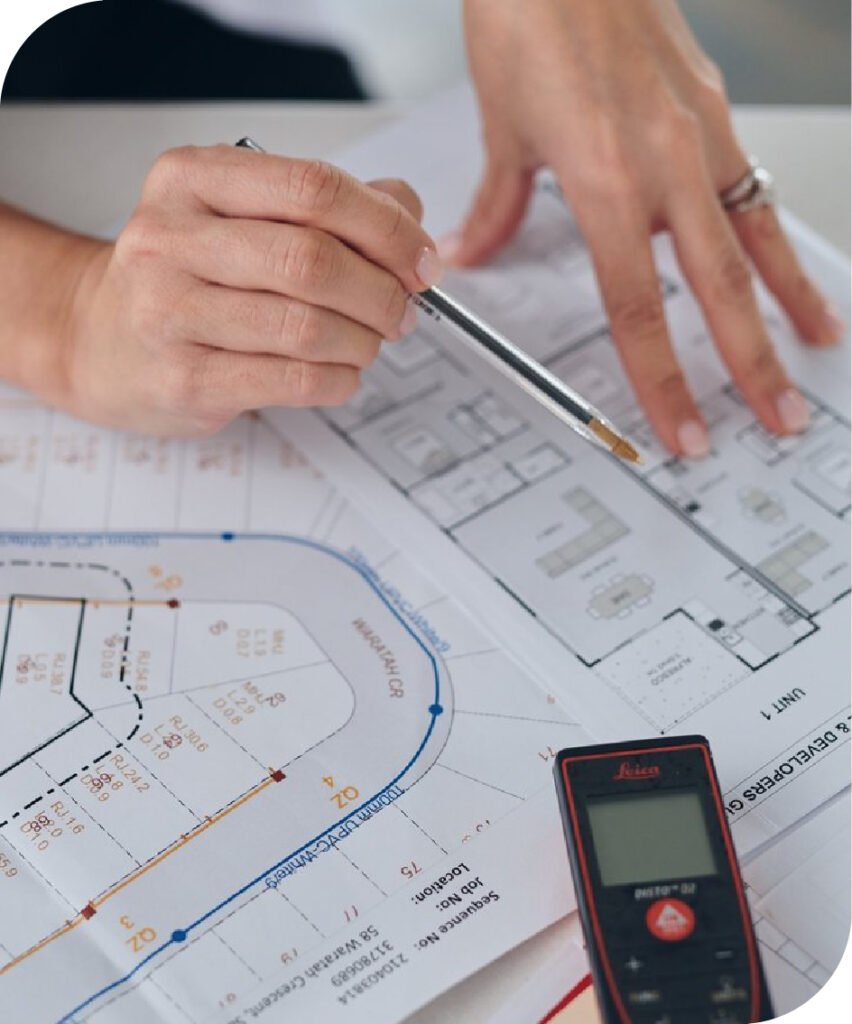
Identifying all depreciable items.
The schedule is prepared in accordance with the Income Tax Assessment Act 1997 (ITAA97) and subsequent amendments to ensure that you receive the best possible depreciation allowances on your investment property.
A Tax Depreciation Schedule quite simply is a detailed report that identifies the depreciation for wear and tear of a property.
It is generally estimated that only about 30% of residential investment properties are currently being depreciated, leaving majority of investors over paying their income tax because they are failing to claim their entitled depreciation.
What exactly is a Tax Depreciation Schedule? Quite simply it is just a report that identifies the depreciation for the wear and tear of a property. Similarly, to the way that you can claim wear and tear on a vehicle used for income producing purposes, you can also claim the depreciation /wear and tear of your investment rental property against your taxable income.
The Australian Tax Office allows you to depreciate your investment property a bit every year, as a deduction against any income generated from the property. These deductions essentially reduce the tax on assessable income and allows you to claim back money that would otherwise go to the tax man.
A TDS is broken down into three (3) components, is legislated by the ATO, and has guidelines surrounding specific dates which determine whether or not a property qualifies for depreciation.
To understand a TDS you first need to understand the 3 main components;
1. Capital Works.
2. Structural Improvements.
3. Plant and Equipment.
When thinking about a house, Capital Works is the main house, which is any works under the main roof that are permanent, non-removable and fixed improvements. It’s the bricks and roof tiles, the kitchen cabinets, the taps, walls and ceilings, as examples. All of these items are fixed and permanent. These items will cause damage if removed and are not expected to wear and tear as quickly.
Imagine a house which has just been built, with no floor coverings, no window furnishings, no kitchen appliances or heating and cooling amenities. Its like imagining a house without its make up on, all the pretty little things inside a house that make it a home. That’s how a house should be viewed when thinking about Capital Works, a house bare of all the add on.
To get technical, Capital Works are depreciated over 40 years from the date of completion at 2.5% of the original cost. What does that mean to you? Basically if the Capital Works component of a house cost $200,000 then you can claim 2.5% of the $200,000, which is $5,000, every year for 40 years.
If Capital Works are the improvements under the main roof, then structural improvements are everything outside of the main roof but inside the boundary fencing of a property.
It’s the driveway, the fencing, the retaining walls, garden shed, swimming pool and cabana, the clothes line and letter box to name a few. All of these items are permanent and fixed to the property and will cause damage if removed.
Like Capital Works, structural Improvements can be depreciated over 40 years from the date of completion at 2.5% of the original cost. This means that if the Structural Improvements component of a house cost $50,000 then you can claim 2.5% of the $50,000, which is $1,250, every year for 40 years.
There are items contained within the building that do not form part of the structure, can be easily removed, and wear and tear sooner than Capital Work items. These items are considered Plant & Equipment or P&E for short.
P&E items mainly consist of anything that is removable, mechanical, can be replaced with out damage and most of the time are electrical. Some examples include cooking appliances, air-conditioning units, hot water systems, blinds, smoke detectors and floating timber floor boards.
P&E items are a little different to Capital Works and Structural Improvements in regards to the rate of depreciation because each individual item has a specified effective life, which is the years that have been allocated by the ATO to claim the full amount of depreciation of that item. Like a cook top for instance has an effective life of 12 yrs, a solar hot water system has 20 yrs and carpet has 10 yrs. So basically you don’t need to wait as long to claim the depreciation back on those particular items
Identifying the age of a property allows you to determine whether or not the property qualifies for depreciation. Defining the age of the property is determined by either confirming with council, RPData records, registration date on a strata plan, information provided by the owner or usually comes down to the professional opinion of the inspector.
Below is a reference table which summaries these dates and refers to original properties;
If your residential property was built after July 1985, you will be able to claim both Building Allowance and Plant and Equipment.
If your property was built after February 1985 and renovated you can claim depreciation, even if it was a previous owner who did the renovation.
As long as the renovation was conducted after Feb 1992, you can claim the renovation regardless of who did the works.
Changes to the Rule as at 9th May 2017
The government has recently introduced changes on how Plant and Equipment is depreciated in residential properties purchased after the 9th May 2017.
The biggest change to depreciation is around investment property purchased after the 9th May 2017. From this date investors will no longer be entitled to claim depreciation on second hand P&E items. However only if installed and paid for by the current owner, then the P&E items can be depreciated.
If the property was purchased Pre 9th May 2017 or is not classified as residential, i.e. Commercial /Industrial/Rural, than the following does not apply. Brand new properties are also exempt.
The first thing to remember is that the existing rules surrounding Capital Works and Structural Improvements are unaffected, as well as any renovation works done by a previous owner. Changes from this date only apply to Plant and Equipment.

Stay Ahead with Belinda’s Substack: Monthly curated content from a seasoned property valuer and strategist. Get onboard!
Let me help you buy, renovate and invest with confidence!